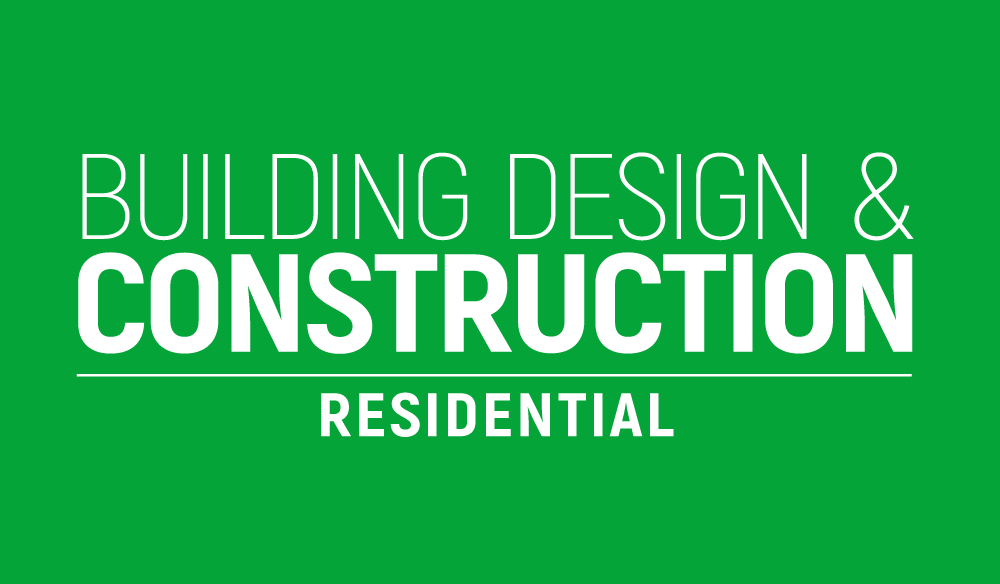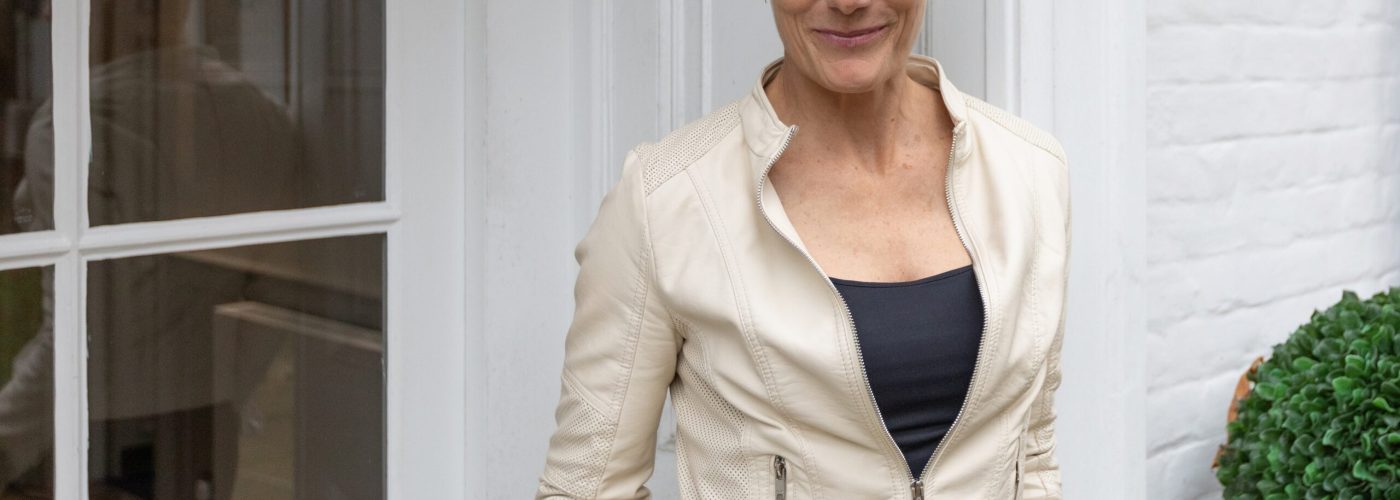Andrea Fawell, Sales & Marketing Director of award-winning property developers Kebbell, reveals what is likely to affect house buyers and housebuilders in the second half of 2022, from market trends to the effects of the cost of living crisis, to sustainability.
The Market
Are you seeing any changes or trends in the new build market at the moment or is it still all about unprecedented demand and a lack of supply?
“There still continues to be a ‘race for space’ and chronic shortage in supply of materials and labour and the reasons remain the same ie the effects of Brexit, the pandemic and world shortages. Where it has become even more challenging is that there is now a chronic lack of properties on the second hand market because sellers don’t believe they will have anywhere to move to, so they are holding back on putting their homes on the market. This means potential buyers have far less choice and so the cycle continues.
“New builds are still being snapped up before construction even starts at many developments. All of our sites that are selling two to five bedroom houses are sold out or forward sold for up to 12 months, and at Cornelian Fields in Scarborough the waiting list is 18 months. New home property prices are also rising because of energy prices and shortages so the cost to build a house is much greater now. This incredibly hot market is unhealthy for everyone involved. We need more properties on the secondhand market for stabilisation.”
So are developers running out of stock?
“We are completely led by opportunities that our amazing land buyers can find but there is less available land compared to other countries, especially in the South East. Success is made on how much you pay for a new site adding on the cost implications of building and the managing of a site. Land-buyers have an incredibly difficult job and have to have their ears constantly to the ground. Kebbell largely chooses to stick to markets that we know extremely well but yes it is more of a tousle for new sites than before.”
What is the effect of the cost of living crisis and energy prices rises on the new build market?
“We are all aware that energy prices have risen for everyone and are set to rise further, from electricity, gas and water, to fuel at the pump, and they have to be absorbed to some extent. However buyers of new homes are taking into account that those running costs are much less per sq ft in a new build than in a second hand home. Buyers are telling us “Your underfloor heating is going to save me money and I’d much rather invest in that than pay the utility companies even more money.”
Are new home buyers having to bear the brunt of increased material costs?
“Not on our current sites. We have done some very savvy buying and have secured material costs on existing sites, so we have been able to absorb increases on the whole. On newer up and coming sites it is more challenging, but reputable developers are trying to future proof our build costs but also have to be very realistic about increased materials and labour. The import duty now added to materials that come out of the EU, the increased time it takes for things to be delivered and come through customs, plus general shortages are all additional factors to be considered. We ask contractors all the time about how likely their prices are to rise during the duration of the development of a particular site, which could be say three years, and can they guarantee having enough labour? They need to have thought it through too. We need to keep costs sustainable for the whole duration.”
Are more new build homes being sold off plan?
“Yes houses definitely. We can sell houses all day and all night at the moment especially in the middle price point. We like to be cautious though because as we build we often slightly tweak our designs and specifications to make sure they are perfect in ways that you can’t plan for. Serious early buyers are usually okay with the fact that final details may change as long as they are kept in the loop because they want the best plots on site and are happy to wait for their new home.
“It is currently a slightly flatter market for apartments for downsizers and lock-up-and-leavers because the market isn’t as buoyant at that end. These sellers generally haven’t put their houses on the market yet and are even more particular than ever about what they want in their future home. It took us a little longer to sell our luxury apartments at Wintersbrooke in Berkshire than we expected as the market was slower to move during the pandemic, but all of our buyers are delighted to be in their new homes now.”
How is sustainability influencing the value of properties?
“Whilst this is increasingly on the property industry’s radar, we have really only scratched the surface. We are seeing future changes such as the scrapping of gas boilers and buyers want developers to be more eco-friendly especially in light of increased living costs. ESG (Environmental and Social Governance) is more important but there is also a lot of greenwashing as an industry. Half-hearted attempts just aren’t going to be enough.
“There are so many ways we need to make a difference from the materials we use, future-proofing homes, water-saving, sustainability, to our skips and recycling, urban sustainability and less being influenced by geopolitics. I certainly don’t have all the answers, but we are looking in earnest about how we can make a difference. I recently went to Svalbard as part of a global research group to study the effects of microplastics in the ocean water, as well as be part of a survival psychology study. This trip was organised after our expedition to the North Pole was cancelled, due to the polar region being a shared territory partly managed by Russia. It was an incredible experience to visit Svalbard though and opened my eyes to how we have to do more as in industry. Greenwashing means we are being disingenuous and its time the industry used a magnifying glass to look at what changes we can all make, not least because the younger generations will demand it as future homebuyers.”
Are your designs increasingly taking into consideration the demand for a home office and bigger garden?
“Definitely. We have got to a point in just a a few short years where a home office space is now just the norm and is fully expected to be designed in. I am not sure people want bigger gardens as such, but they are increasingly keen on a south facing garden and gardens generally are a higher priority, as is living near to open space. Privacy between gardens such as hedging, detailed consideration of the footprint of a house and having gardens that are less overlooked are increasingly in demand.”
The help-to-buy scheme for new build homes ends next March – are you seeing buyers trying to take advantage of this before the deadline?
“The market is so hot that the Help-To-Buy and Deposit Unlocked schemes are not being talked about as much on our particular developments.”
Do you think mortgage providers are more willing to lend to new-build home buyers at the moment because they are seen as less risky than older homes?
“I am not a mortgage lender but the fact that a new build typically come with a new home warranty which should cover the homeowner if anything goes wrong isn’t as important for a mortgage lender as it is to the buyer. A mortgage lender just wants to know how easy it would be to resell if a homebuyer defaulted on their mortgage.”
Building Design and Construction Magazine | The Home of Construction & Property News





